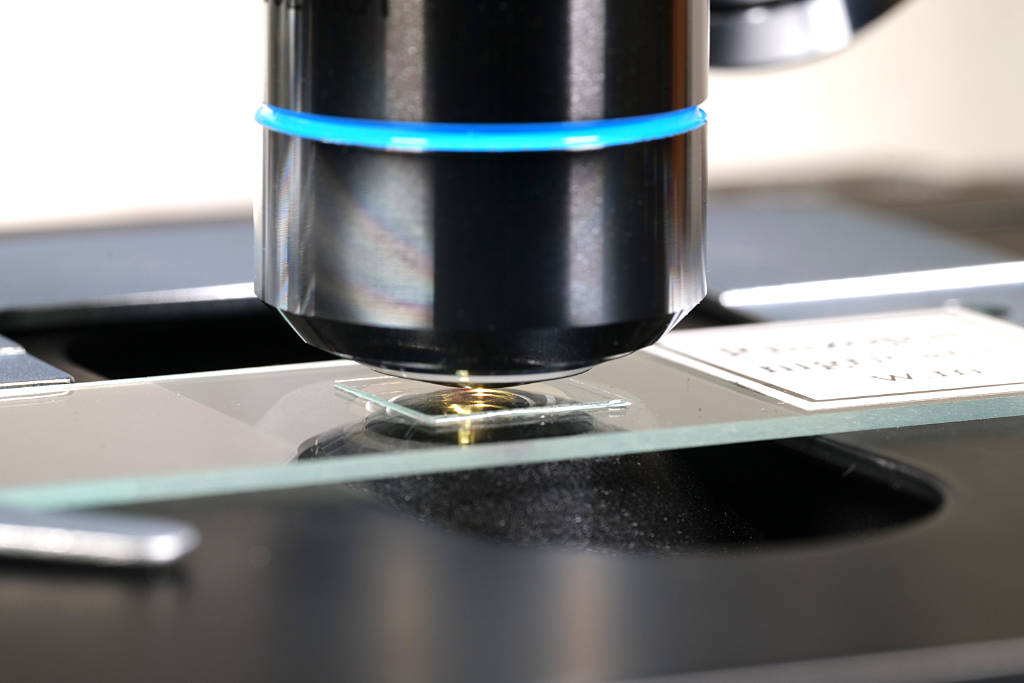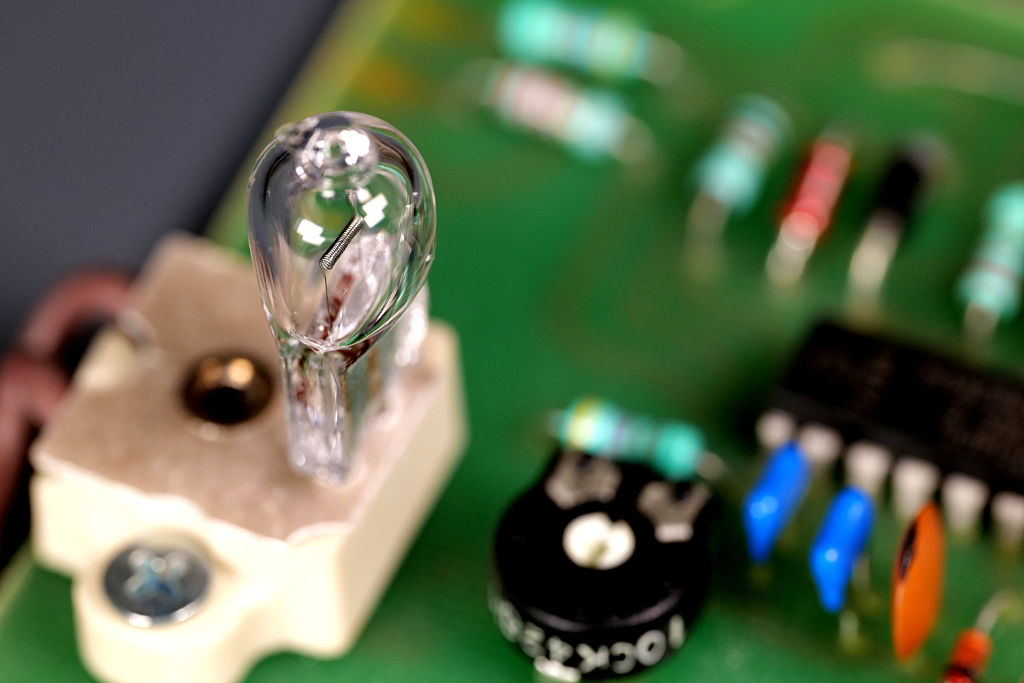Older microscopes are usually fitted with conventional illuminants like incandescent lamps or halogen bulbs.

The advantage of this type of lighting at the appropriate brightness is the good reproduction of colours across the entire visible light spectrum (400 – 700nm).
Significant disadvantages are:
- High thermal stress, high currents at the lamp socket
- High energy consumption
- Change of light colour with change of brightness, so when a dimmer is used
- Short operating life
- Partly the required illuminants are not available anymore.

Failures occur more frequently, especially when lamps burn out. Since in some cases a large number of lamps with different voltages and wattages are available, an unsuitable substitute is often chosen. This can lead to malfunction at best (too low brightness), in many cases this results in serious defects.
The alternative: LED illuminants
Through continuous development of LED technology, a wide range of LED light sources is available today.

They vary in shape, colour of light, brightness and wattage.
Advantages of this type of lighting are:
- Low heat development
- High efficiency
- Brightness is higher than halogen lamps
- No change of light colour at reduced brightness (dimmer operation)
- Very long operating life, thus low consequential costs
The consequential costs due to repairs of the lighting are lower in comparison. A malfunction due to the use of unsuitable illuminants is largely excluded, because LED illuminants generally don’t have to be replaced.
Even if converting a microscope to LED lighting involves costs, the increased brightness of the light alone can make this measure worthwhile.

